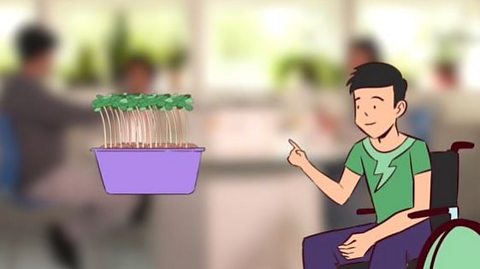Biology
Food Chains
A food chain shows how plants and animals get their energy.
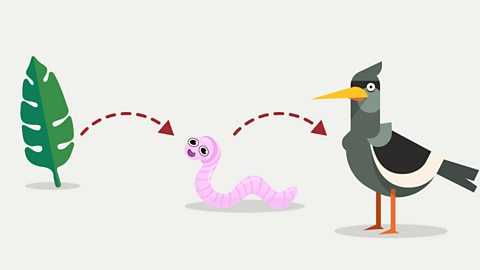
Gas Exchange and Respiration
Respiration is a chemical reaction that happens in all living cells, including plant cells and animal cells. It is the way that energy is released from glucose.
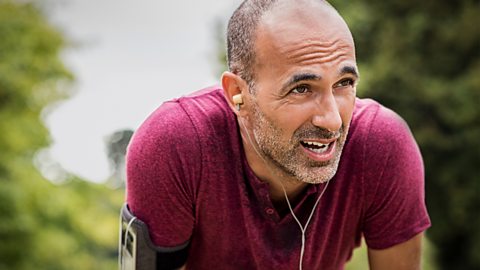
Digestion
Digestion is the breaking down of the food we eat into other substances that our bodies can absorb and use.

Cells and Reproduction
The proper name for a living thing is a living organism. A living organism can be, amongst other things, a plant or an animal.

Reproduction DNA and Genetics
Sexual reproduction involves the joining of two sex cells or gametes – the sperm (male gamete) and the egg or ovum (female gamete).
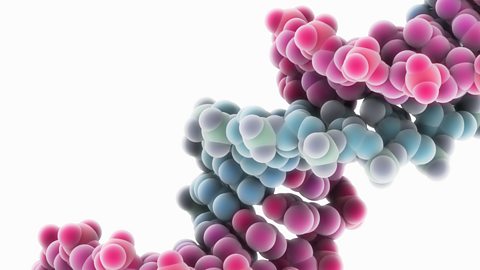
Smoking
Cigarette smoke contains over 4,000 chemicals, including approximately 69 known cancer causing chemicals as well as over 400 other poisons.
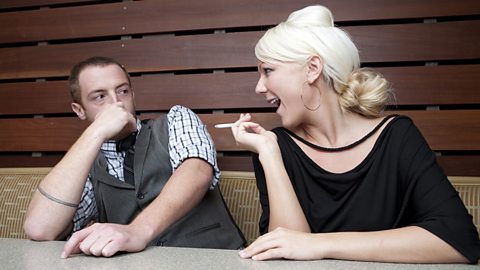
Diet
Energy from food keeps a plant or animal alive and allows it to carry out all its activities. Food is very important socially too.
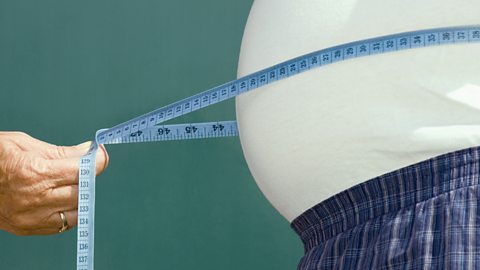
Biodiversity and Ecology
Biodiversity is the variety of all living things on Earth, and how they fit together. It means having as wide a range of different species in an ecosystem as possible.

Blood and Circulation
Blood transports materials and heat around the body and helps to protect against disease.
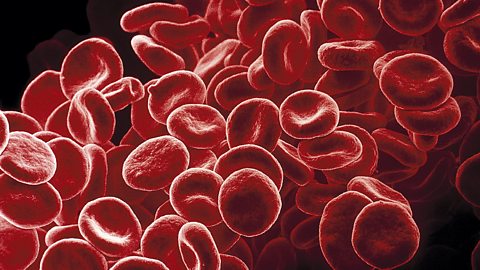
Photosynthesis
Green plants and algae can use light energy to make their own food! This process is called photosynthesis.
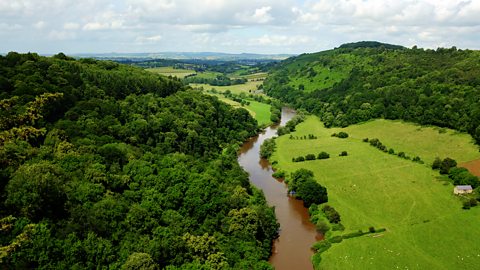
Health and Wellbeing
Most living things need five things to survive but also to be healthy.
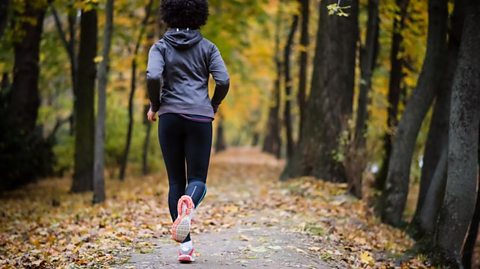
Chemistry
Solutions and Separations
There are different ways to separate mixtures, eg by filtration, crystallisation, distillation or chromatography. The method chosen depends upon the type of mixture.
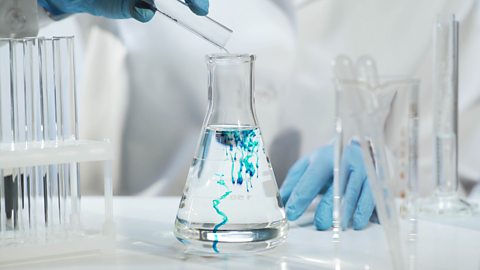
Solids, liquids and gases
Matter is the "stuff" that makes up the universe. Everything that has mass is matter. In normal everyday life, we come across matter in three states, solid, liquid and gas.
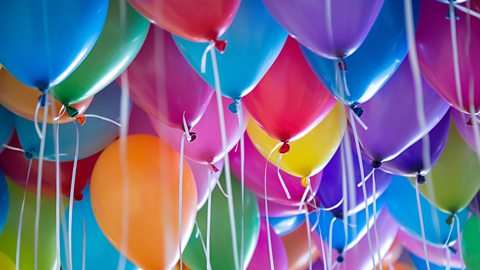
The Periodic Table
A table of the chemical elements is arranged in order of atomic number, usually in rows, so that elements with similar atomic structure appear in vertical columns.
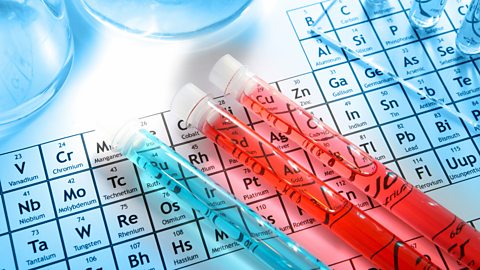
Elements, Mixtures and Compounds
Everything is made from atoms, including you. Atoms are tiny particles that are far too small to see, even with a microscope.
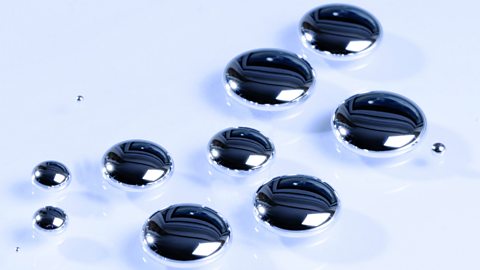
Atomic Structure and Writing Formulae
Atoms are made up of three smaller particles called protons, electrons and neutrons.
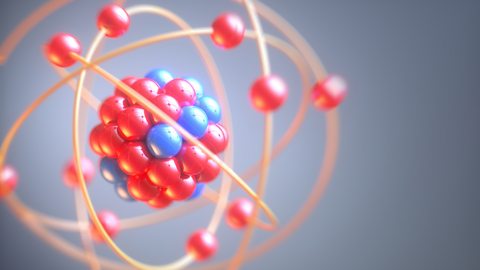
Metals
Humans have been using metals for over 7000 years and they have a wide variety of applications. They are one of our most important resources.
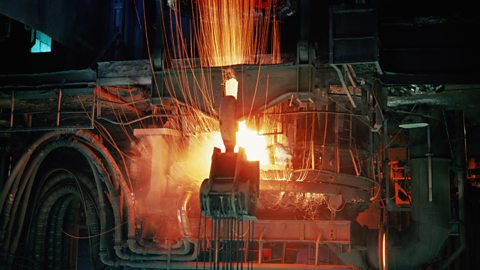
Air and Burning
Air is the mixture of gases that makes up the atmosphere. The amount of water vapour in the air varies from place to place, and day to day.
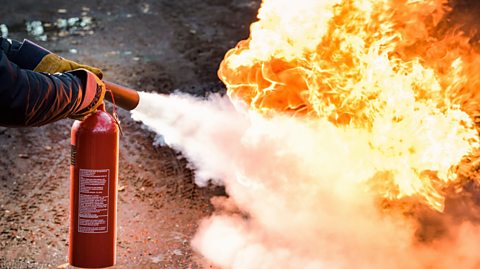
Acids and Alkalis
Acids and alkalis are common in daily life. They are found in the home, in our bodies, in industry, car batteries and school science labs.
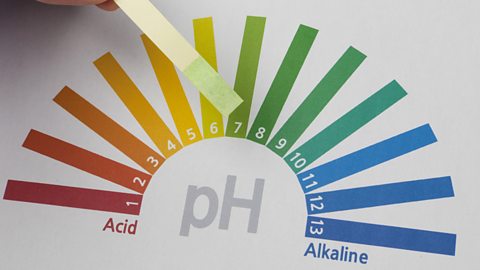
Physics
Waves
Waves are all around us. It’s normal to think of waves in the sea but waves are also in the air, in space, under your feet and in your ears and eyes.
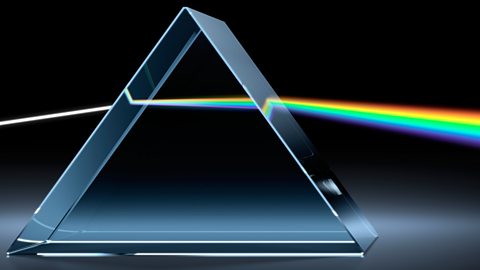
Light Waves
Light is a type of electromagnetic radiation that can be detected by the eye. It travels as a transverse wave.
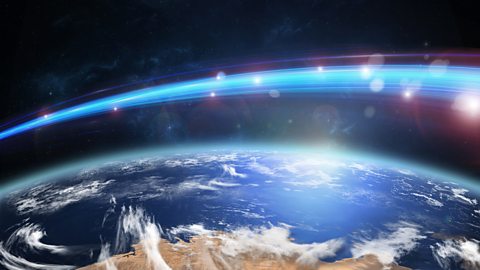
Sound Waves
Sound waves are produced by a vibrating object. Everything that makes a sound must have a part that vibrates.
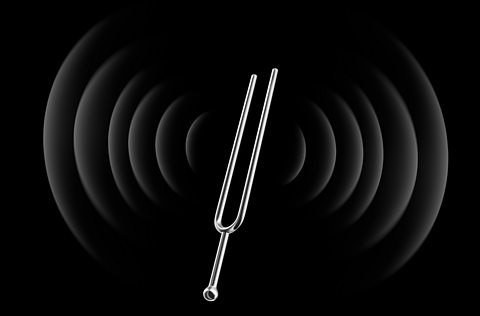
Physical change
Physical changes such as state change and dissolving are reversible, and there is no change in total mass when they happen.
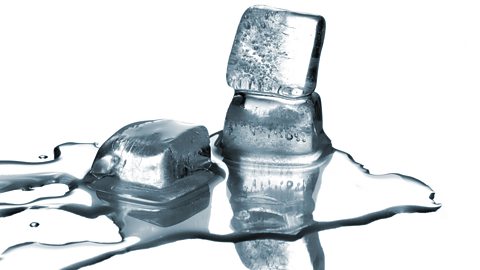
Heat transfer
Temperature and heat are not the same. Heating matter makes the particles vibrate faster or move faster.

Forces, Pressure and Speed
A force is a push or a pull. For example, when you push open a door you must apply a force to the door. You also must apply a force to pull open a drawer.
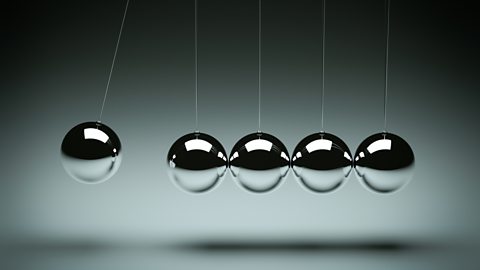
Energy
Energy is essential for every one of us. Humans have advanced because we have learned how to change energy from one form into another.
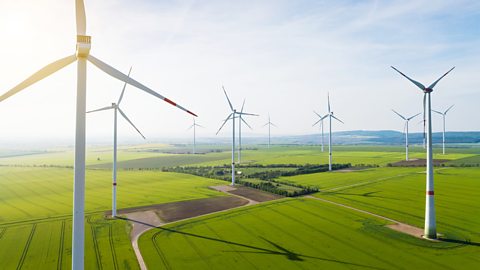
Earth and space
The Earth travels through space and through time. It is part of a solar system with a star called the Sun at the centre.
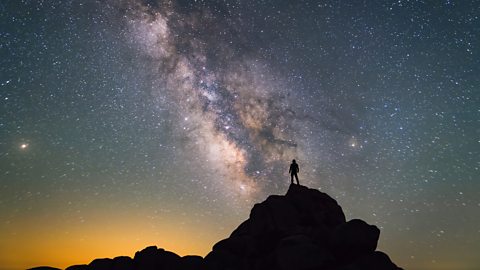
Practical tips
Working safely in the lab
How can you work safely in the lab? What are the various steps needed in order to do so? How to spot risks, hazards and understand hazard symbols.
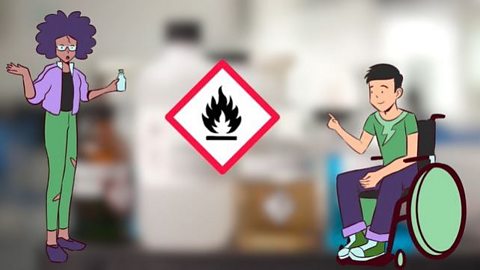
Variables
Find out why variables are important in an experiment, including control variables, independent and dependent variables.
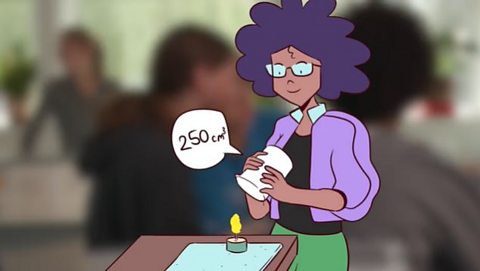
Writing a hypothesis and prediction
A hypothesis is an idea about how something works that can be tested using experiments. A prediction says what will happen if the hypothesis is correct.
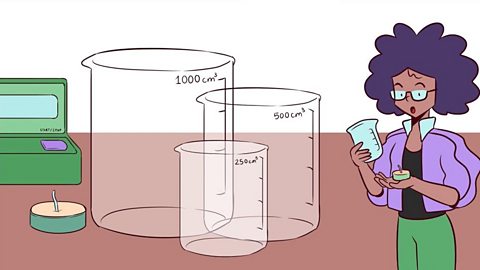
Planning an experiment
Developing a method is an important part of planning an investigation and it is important to evaluate the validity of each step leading up to the conclusion.
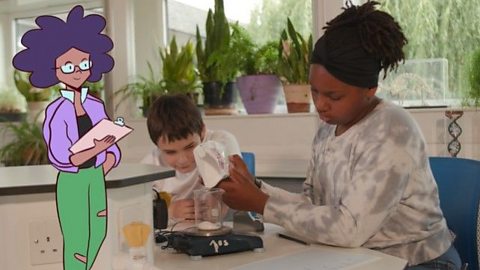
Maths skills for science
Scientific equations and formulae are used to work things out in science. Using standard units means scientists around the world can work together better.
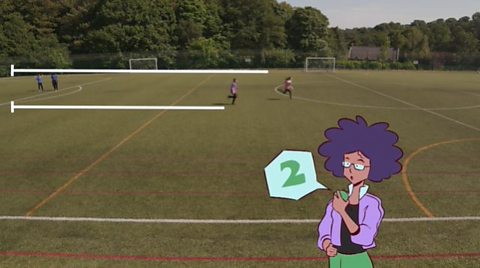
Drawing scientific apparatus
Use diagrams to show how scientific apparatus is set up and how to draw them in 2D. Common practical techniques that use apparatus include filtration, evaporation and distillation.
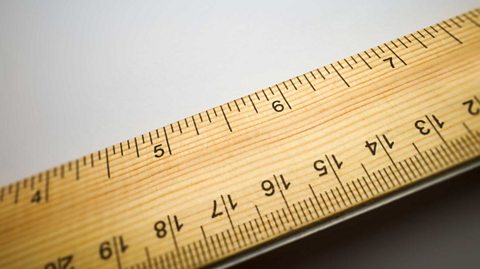
Observation and measurement skills
Calculating averages from data is usually more accurate than using one result. Using a table ensures that data is recorded in an organised way.
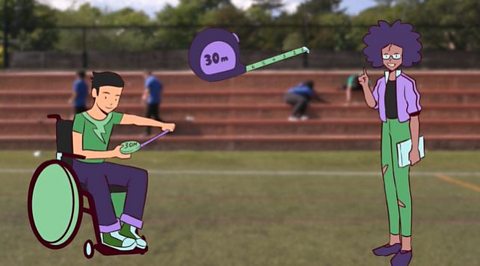
Types of data
Types of data include continuous, discrete and categoric. Data can be presented in a number of ways, which depends on the type of variable and the uses.
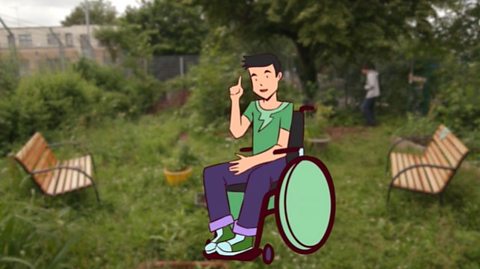
Graphs and charts
Different types of graphs and charts are used to show results. They need to be drawn and labelled correctly. Scientists use patterns in the data to reach a conclusion.

Conclude and evaluate
A conclusion sums up what has been found out during an investigation. It should be clearly structured and explained using scientific knowledge.
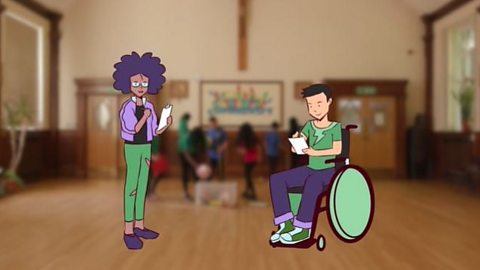
Bias in science
Scientific studies can be biased; it's important to recognise when this is the case. Scientists review each other's conclusions from new research.
